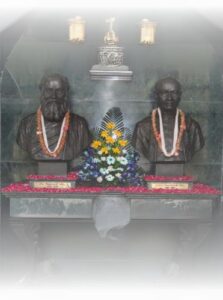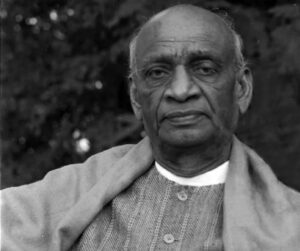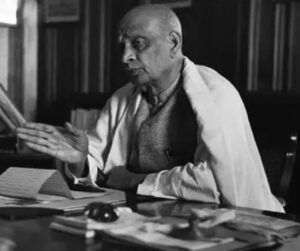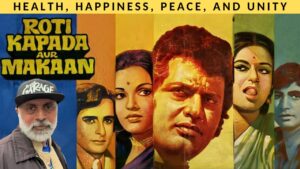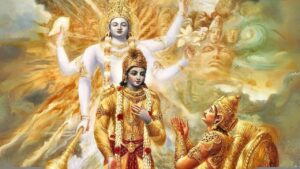Sardar Patel: The Bardoli Satyagraha and the Making of a Leader
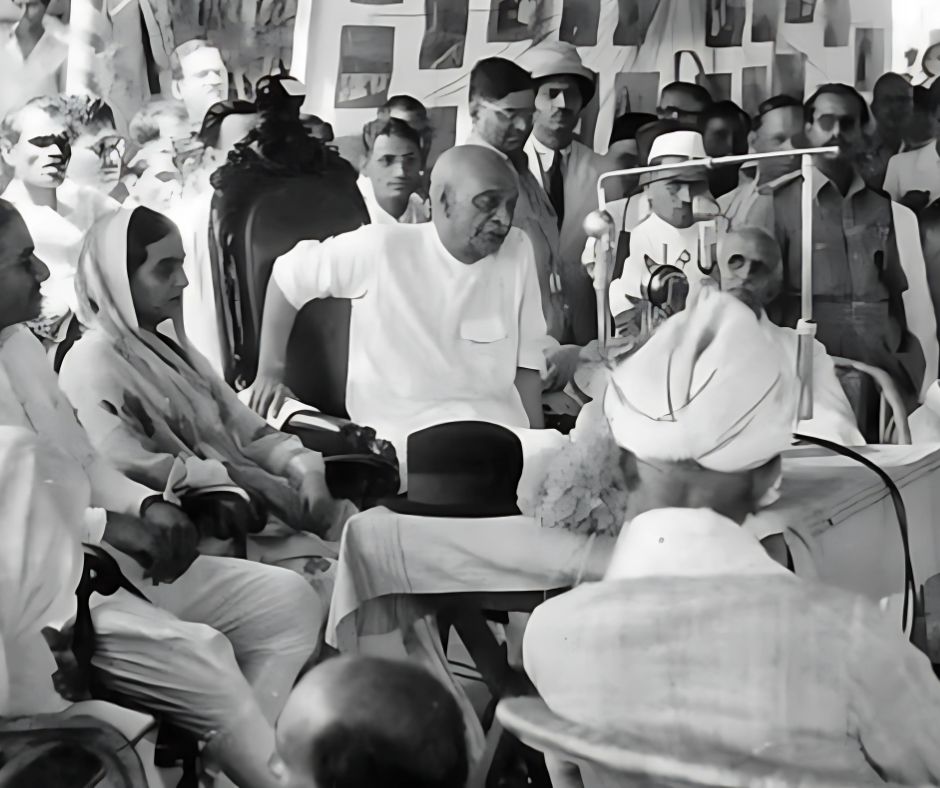
“The strength of a nation does not lie in fleets or armies, but in its citizens.”
– Sardar Patel
Introduction
In the annals of India’s freedom struggle, few moments stand out as brightly as the Bardoli Satyagraha of 1928. It was here that Sardar Vallabhbhai Patel earned the title “Sardar,” a recognition of his unwavering leadership and ability to unite people against injustice. This pivotal movement not only showcased Patel’s strategic brilliance but also laid the foundation for his role as a national leader.
The Context of Bardoli
Bardoli, a taluka in Gujarat, was primarily an agrarian region. The British government imposed a 30% increase in land revenue, an unjust burden on farmers already struggling with the effects of floods and famine. Despite repeated appeals, the government refused to reconsider the hike, leaving the farmers with no choice but to resist.
It was in this tense atmosphere that Sardar Patel stepped in, responding to the farmers’ plea for guidance. His arrival marked the beginning of one of the most significant episodes of collective resistance in Indian history.
Sardar Patel’s Strategy
Sardar Patel’s approach was methodical and inclusive. He began by organizing meetings to educate the farmers about their rights and the unjust nature of the revenue hike. Patel emphasized unity, discipline, and non-violence as the cornerstones of their resistance.
He established committees to oversee various aspects of the movement, ensuring transparency and accountability. Patel’s trusted lieutenants, including Narhari Parikh and Mahadev Desai, played crucial roles in coordinating efforts on the ground.
The Satyagraha in Action
Under Patel’s leadership, the farmers resolved not to pay the increased taxes. They faced severe hardships: confiscation of land, property, and even cattle by the British authorities. Yet, their resolve remained unshaken. Women, often marginalized in such movements, emerged as active participants, lending their voices and strength to the struggle.
Patel’s diplomatic acumen came to the fore as he negotiated with government officials, presenting the farmers’ case with clarity and conviction. His ability to garner support from across the nation exerted further pressure on the British administration.
The Triumph of Unity
The Bardoli Satyagraha culminated in a significant victory for the farmers. The British government agreed to rescind the revenue hike and return confiscated properties. Patel’s leadership was lauded nationwide, and it was during this time that the women of Bardoli bestowed upon him the title “Sardar,” meaning leader.
Legacy of the Bardoli Satyagraha
The success of Bardoli was more than just a localized victory; it was a testament to the power of non-violent resistance and collective action. It solidified Patel’s reputation as a leader who could inspire and mobilize people, setting the stage for his future contributions to India’s freedom and unity.
Lessons from Bardoli
The Bardoli Satyagraha teaches us the importance of:
- Unity and collective action in the face of injustice.
- The role of strong leadership in achieving social change.
- The power of non-violence and dialogue in resolving conflicts.
As we celebrate the legacy of Sardar Patel, Bardoli stands as a testament to the strength and resilience of ordinary people when guided by extraordinary leadership.
Hashtags:
#SardarPatel #BardoliSatyagraha #FreedomStruggle #IndianHistory #UnityInDiversity #LeadershipLessons #IronManOfIndia #NonViolence #Inspiration
